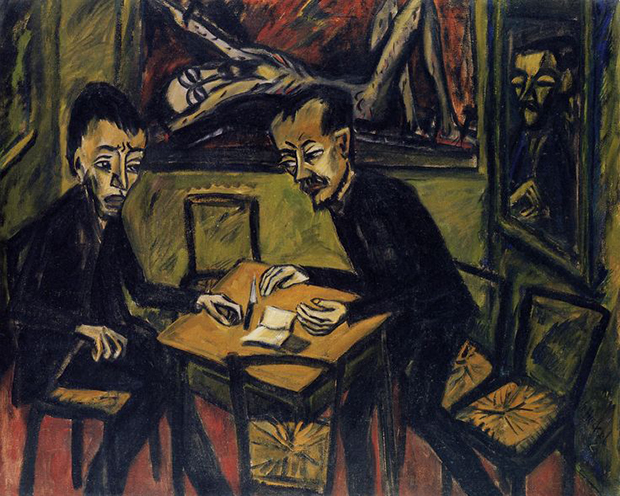
A Movement in a Moment: German Expressionism
Find out how, a little over a century ago, a group of young artists put personal experience into painting
It takes some nerve to create an art movement. It requires an even greater sense of self-belief for a minor, 25-year-old architecture student to establish a group with the intention of creating “a bridge between the turbulent internal world of the artist and the external world of the viewer.”
Yet that was the aim of Ernst Ludwig Kirchner – who was born on this day 6 May, in 1880 – when he co-founded Die Brücke or The Bridge group in Dresden in 1905, with fellow painters and printmakers Erich Heckel, Karl Schmidt-Rottluff and Fritz Bleyl.
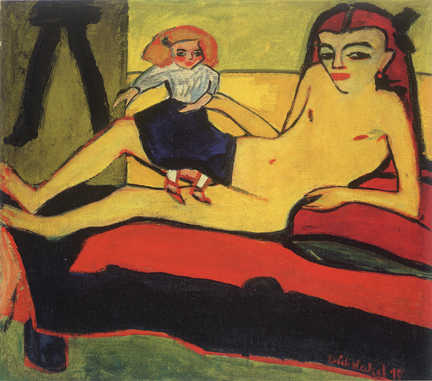
As we explain in our survey of art movements, Art In Time, “They employed strong contrasting colours and distorted forms to reflect the tension and anxiety of living as an emotional individual in the mechanized modern world and to affect their audiences on a psychological level.”
The group only lasted until 1913, and much of its output was derided by the Nazis in the years leading up to World War II. However, Kirchner and co’s ambitions were largely successful, as the group is widely regarded as the founders of German Expressionism.
In their shocking canvasses, the artists sought to capture the individual’s subjective, emotional experience in paint, rather than accurately render a subjective view of the world.
World War II may have put a stop to the artists immediate output, yet their influence can be detected during the later decades of the 20th century, in Picasso's early paintings; in the works of Francis Bacon, Lucien Freud and other School of London painters; it is also apparent in the postwar German painters works of Anselm Kiefer and Georg Baselitz; and the bad-boy 1980s New York painters, such as Jean-Michel Basquiat and Julian Schnabel.
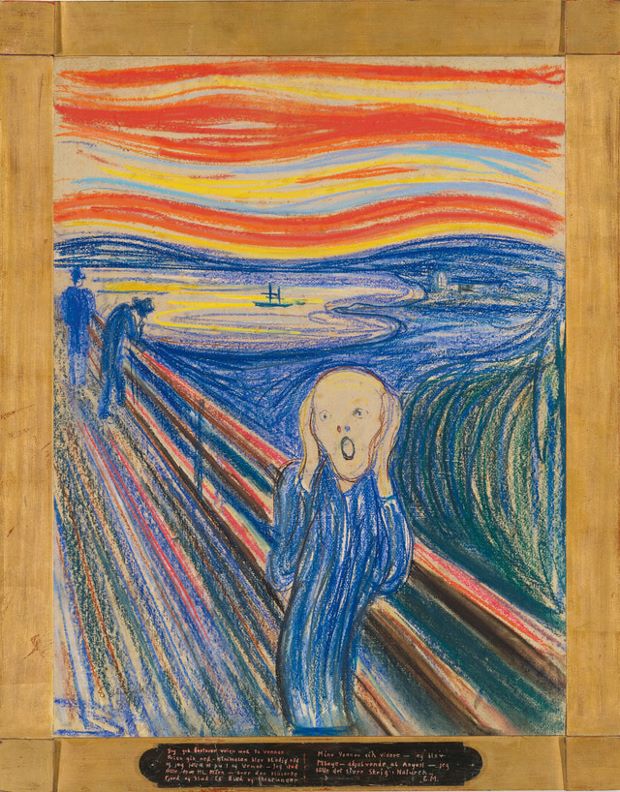
The German Expressionists drew from like-minded precursors, such as Vincent van Gogh, were preempted in some sense by the likes of Edvard Munch and the Viennese Secession, and worked towards similar ends as analogous groups such as the Fauves.
Expressionism as an artistic label had been in use since the mid-nineteenth century, and was not, in itself, a highly focused coinage, until the interventional of these German painters.
“The term itself may not be happily chosen, for we know that we are all expressing ourselves in everything we do or have ever done,” explains EH Gombrich in his seminal art history text The Story of Art, “but the word became a convenient label because of its easily remembered contrast to Impressionism, and as a label it was quite useful.”
Unlike the Impressionists, who might passively capture their vague impressions of a sunset or a lily pond, the Expressionists would actively incise their personal experiences onto the canvas.
Picture Wassily Kandinsky’s Blue Rider painting; Emile Nolde’s haunting woodcut, The Prophet; or Kirchner’s own maniacally colourful Street, Dresden, painting and you begin to appreciate the style of artistry that has lived on far beyond these initial progenitors.
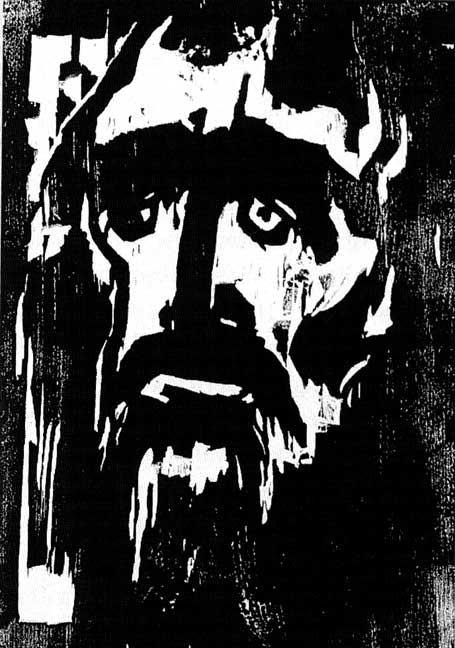
In many ways, the movement was a reaction to and a product of the mechanized society; Expressionist artists favoured antique techniques, such as the woodcut, as well as the influence of primitive art, yet thrived on the existential angst prevalent among educated, urbane citizens in both Germany and elsewhere.
Further artists, such as Emile Nolde joined Die Brücke; other groups, including Kandinsky’s De Blaue Reiter group, entered into dialogue with these Dresden artists; while other painters, such as Otto Dix and Max Beckmann produced similar works.
However, the avant-garde movement also had its enemies. When the Nazis came to power in 1933, so-called ‘degenerate art’ of Kirchner and co was banned and the greatest leaders of the movement were exiled or forbidden to work. Kirchner himself committed suicide in 1938; yet the group’s simple innovation – that a picture needn’t be about an objective reality, but instead could express some personal, subjective viewpoint – has lived on.
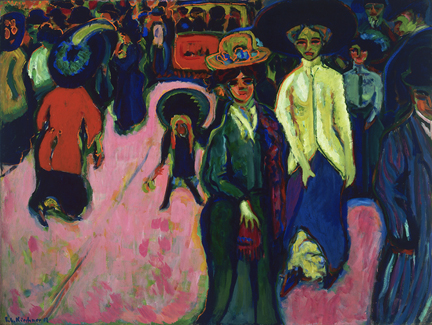
New York’s Neue Galerie’s current exhibition, Munch and Expressionism, is introducing the works of Beckmann, Kirchner and Nolde to new audiences.
Indeed, Expressionism’s influence was not limited to figurative art. “If the doctrine was right that experimentation in art was not the imitation of nature, but the expression of feelings through the choice of colours and lines,” writes Gombrich, “it was legitimate to ask whether art could not be made more pure by doing away with all subject matter and relying exclusively on the effects of tones and shapes.”
In the founding principles of Expressionism lay the seeds of a later, equally tumultuous movement, which would take root on the other side of the Atlantic: Abstract Expressionism – though that’s another story.
For greater insight into this art movement and many others buy a copy of Art In Time here; for more on this period of art history and many others get The Story of Art.